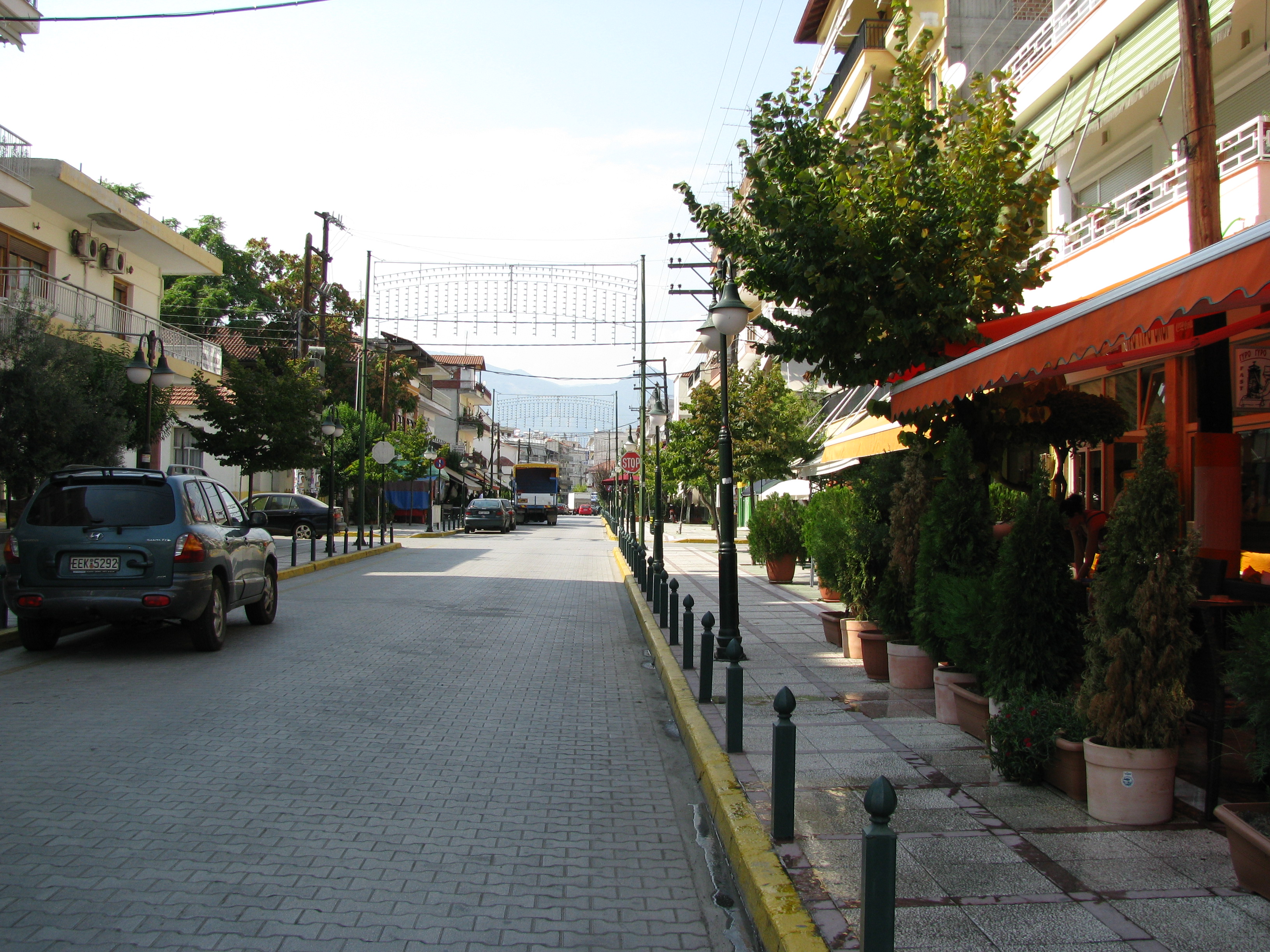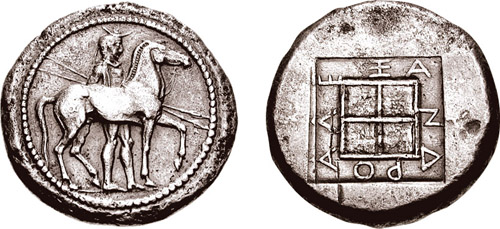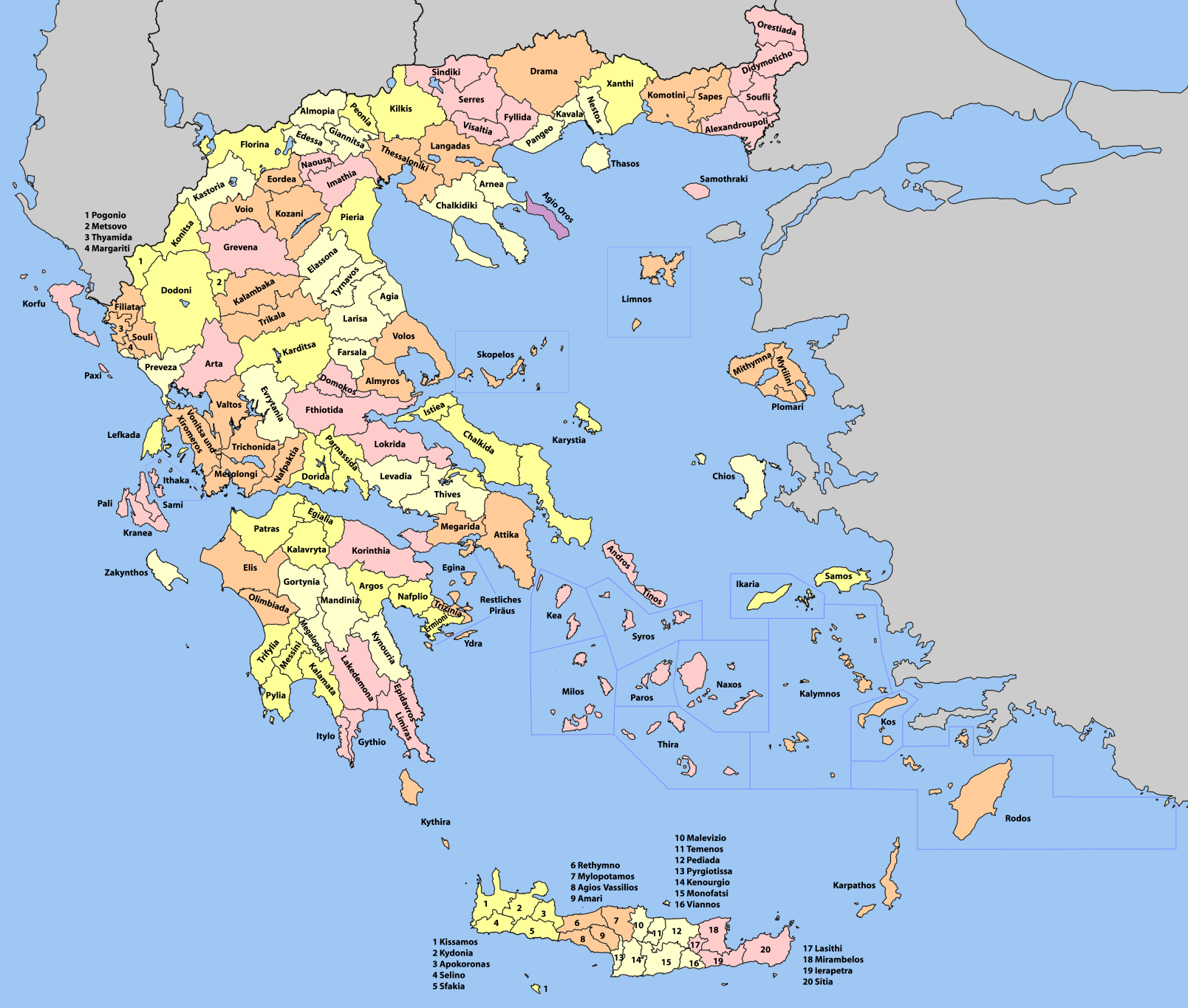|
Almopia
Almopia ( el, Αλμωπία), or Enotia, also known in the Middle Ages as Moglena (Greek: Μογλενά, Macedonian and Bulgarian: Меглен or Мъглен), is a municipality and a former province (επαρχία) of the Pella regional unit in Macedonia, Greece. The seat of the municipality is the town Aridaia. The municipality has an area of 985.817 km2. Name and history The name Almopia ( grc, Ἀλμωπία, ''Almōpia'') derives from the Almopes (), a Paeonian tribe that originally inhabited the area before being expelled from the region during the reign of Alexander I (r. 498–454 BC) when Almopia was incorporated into the ancient Macedonian kingdom. The Almopes traced their descent to the eponymous mythological figure of Almops, son of the Greek God Poseidon and Helle. The 2nd-century astronomer and geographer Claudius Ptolemy records three cities in the region in his ''Geography'': Horma (), Europos () and Apsalos (). In the early Byzantine period ... [...More Info...] [...Related Items...] OR: [Wikipedia] [Google] [Baidu] |
Aridaia
Aridaía (; mk, С'ботско, ''S'botsko''; bg, Съботско) is a town and a former municipality in the Pella regional unit, Greece. Since the 2011 local government reform it is part of the municipality Almopia, of which it is a municipal unit. It was the capital of the former Almopia eparchy. It is located in the northwest corner of the Pella regional unit, bordering the southern part of the North Macedonia and the northeast corner of the Florina regional unit. Its land area is . The population of Aridaia proper is 7,057, while that of the entire municipal unit is 20,313 (2011 census). Its largest other towns are Prómachoi (pop. 1,740), Sosándra (1,078), Ápsalos (1,121), Loutráki (1,146), Polykárpi (1,049), Tsákoi (961), Voreinó (766), and Χifianí (767). The municipal unit is divided into 17 communities. The town was used to be called "Αρδέα" (Ardea). The Municipal Department of Aridea includes the settlement of Ydrea with a population of 600 inhab ... [...More Info...] [...Related Items...] OR: [Wikipedia] [Google] [Baidu] |
Paeonia (kingdom)
In antiquity, Paeonia or Paionia ( grc, Παιονία, Paionía) was the land and kingdom of the Paeonians or Paionians ( grc, Παίονες, Paíones). The exact original boundaries of Paeonia, like the early history of its inhabitants, are obscure, but it is known that it roughly corresponds to most of present-day North Macedonia and north-central parts of Greek Macedonia (i.e. probably the Greek municipalities of Paionia xcluding the village of Evropos">Evropos.html" ;"title="xcluding the village of Evropos">xcluding the village of Evropos Almopia, Sintiki, Irakleia, Serres, Irakleia, and Serres), and a small part of south-western Bulgaria. Ancient authors placed it south of Kingdom of Dardania, Dardania (an area corresponding to modern-day Kosovo and northern North Macedonia), west of the Thracian mountains, and east of the southernmost Illyrians. It was separated from Dardania by the mountains through which the Vardar river passes from the field of Scupi (modern Skop ... [...More Info...] [...Related Items...] OR: [Wikipedia] [Google] [Baidu] |
Pella (regional Unit)
Pella ( el, Περιφερειακή ενότητα Πέλλας) is one of the regional units of Greece, in the geographic region of Macedonia. It is part of the Region of Central Macedonia. It is named after the ancient city of Pella, the capital of ancient Macedonia and the birthplace of Alexander the Great. The capital of Pella is Edessa with a population of 19,036 inhabitants according to the census of 2011, while the largest town is Giannitsa. Other towns include Aridaia, Skydra, Arnissa and Krya Vrysi. Administration According to the 2011 census the population of the regional unit of Pella was 139,680. It is subdivided into 4 municipalities. These are: * Almopia (2) *Edessa (1) *Pella (3) *Skydra (4) Prefecture As a part of the 2011 Kallikratis government reform, the regional unit of Pella was created out of the former prefecture Pella ( el, Νομός Πέλλας). The prefecture had the same territory as the present regional unit. At the same time, the municipa ... [...More Info...] [...Related Items...] OR: [Wikipedia] [Google] [Baidu] |
Almops
Almops ( grc, Ἄλμωψ) was, in Greek mythology, a giant son of the god Poseidon and the half-nymph Helle. He was the brother of Paeon (called "Edonus" in some accounts). It is from Almops that the now-obsolete name for the region of Almopia and its inhabitants, the Almopes, in Macedonia, Greece, were believed to have derived their name. Stephanus, s.v. Almopia' Notes References * Stephanus of Byzantium Stephanus or Stephan of Byzantium ( la, Stephanus Byzantinus; grc-gre, Στέφανος Βυζάντιος, ''Stéphanos Byzántios''; centuryAD), was a Byzantine grammarian and the author of an important geographical dictionary entitled ''Ethni ..., ''Stephani Byzantii Ethnicorum quae supersunt,'' edited by August Meineike (1790-1870), published 1849. A few entries from this important ancient handbook of place names have been translated by Brady KieslingOnline version at the Topos Text Project. Gigantes Children of Poseidon Family of Athamas Mythology of Maced ... [...More Info...] [...Related Items...] OR: [Wikipedia] [Google] [Baidu] |
Notia
Nótia ( el, Νότια, formerly Νώτια; ruq, Nânti or ) is a village in the Exaplatanos municipal unit of the Pella regional unit, Central Macedonia, Greece. Lying at an altitude of 595 metres in the Upper Karadjova Plain, it was for centuries the largest Megleno-Romanians village, and the only one with a regular market. The majority of Notia's Megleno-Romanian population converted to Islam in the 17th or 18th century. With the 1923 population exchange between Greece and Turkey, the Muslim Melgeno-Romanians of the village were deported to Eastern Thrace in Turkey. They were called by the Greeks as "''Karadjovalis''" and by the Turks ( tr, Karacaovalılar) after the Turkish name of their home region. They nowadays call themselves as Nantinets. A mosque existed on the road that crosses the village, later destroyed. Notia had 412 inhabitants in 1981. In fieldwork done by Riki Van Boeschoten in late 1993, Notia was populated by a Greek population descended from Anatolian Gre ... [...More Info...] [...Related Items...] OR: [Wikipedia] [Google] [Baidu] |
Poseidon
Poseidon (; grc-gre, Ποσειδῶν) was one of the Twelve Olympians in ancient Greek religion and myth, god of the sea, storms, earthquakes and horses.Burkert 1985pp. 136–139 In pre-Olympian Bronze Age Greece, he was venerated as a chief deity at Pylos and Thebes. He also had the cult title "earth shaker". In the myths of isolated Arcadia he is related with Demeter and Persephone and he was venerated as a horse, however, it seems that he was originally a god of the waters.Seneca quaest. Nat. VI 6 :Nilsson Vol I p.450 He is often regarded as the tamer or father of horses, and with a strike of his trident, he created springs which are related to the word horse.Nilsson Vol I p.450 His Roman equivalent is Neptune. Poseidon was the protector of seafarers, and of many Hellenic cities and colonies. Homer and Hesiod suggest that Poseidon became lord of the sea when, following the overthrow of his father Cronus, the world was divided by lot among Cronus' three sons; Zeus w ... [...More Info...] [...Related Items...] OR: [Wikipedia] [Google] [Baidu] |
Horma (Almopia)
Horma ( grc, Ὅρμα) was a town of Almopia in ancient Macedonia Macedonia (; grc-gre, Μακεδονία), also called Macedon (), was an ancient kingdom on the periphery of Archaic and Classical Greece, and later the dominant state of Hellenistic Greece. The kingdom was founded and initially ruled by .... The site of Horma is unlocated. References Populated places in ancient Macedonia Former populated places in Greece Lost ancient cities and towns {{ancientMacedonia-geo-stub ... [...More Info...] [...Related Items...] OR: [Wikipedia] [Google] [Baidu] |
Europus (Almopia)
Europus or Europos ( grc, Εὔρωπος) was a town of Almopia in ancient Macedonia Macedonia (; grc-gre, Μακεδονία), also called Macedon (), was an ancient kingdom on the periphery of Archaic and Classical Greece, and later the dominant state of Hellenistic Greece. The kingdom was founded and initially ruled by .... The site of Europus is located near modern Chrisi (Chryse). References Populated places in ancient Macedonia Former populated places in Greece {{ancientMacedonia-geo-stub ... [...More Info...] [...Related Items...] OR: [Wikipedia] [Google] [Baidu] |
Macedonia (ancient Kingdom)
Macedonia (; grc-gre, Μακεδονία), also called Macedon (), was an ancient kingdom on the periphery of Archaic and Classical Greece, and later the dominant state of Hellenistic Greece. The kingdom was founded and initially ruled by the royal Argead dynasty, which was followed by the Antipatrid and Antigonid dynasties. Home to the ancient Macedonians, the earliest kingdom was centered on the northeastern part of the Greek peninsula,. and bordered by Epirus to the west, Paeonia to the north, Thrace to the east and Thessaly to the south. Before the 4th century BC, Macedonia was a small kingdom outside of the area dominated by the great city-states of Athens, Sparta and Thebes, and briefly subordinate to Achaemenid Persia. During the reign of the Argead king PhilipII (359–336 BC), Macedonia subdued mainland Greece and the Thracian Odrysian kingdom through conquest and diplomacy. With a reformed army containing phalanxes wielding the ''sarissa'' pike, PhilipII d ... [...More Info...] [...Related Items...] OR: [Wikipedia] [Google] [Baidu] |
Apsalos
Apsalus or Apsalos ( grc, Ἄψαλος) was a town of Almopia in ancient Macedonia Macedonia (; grc-gre, Μακεδονία), also called Macedon (), was an ancient kingdom on the periphery of Archaic and Classical Greece, and later the dominant state of Hellenistic Greece. The kingdom was founded and initially ruled by .... The site of Apsalus is unlocated. References Populated places in ancient Macedonia Former populated places in Greece Lost ancient cities and towns {{ancientMacedonia-geo-stub ... [...More Info...] [...Related Items...] OR: [Wikipedia] [Google] [Baidu] |
Macedonian Kingdom
Macedonia (; grc-gre, Μακεδονία), also called Macedon (), was an ancient kingdom on the periphery of Archaic and Classical Greece, and later the dominant state of Hellenistic Greece. The kingdom was founded and initially ruled by the royal Argead dynasty, which was followed by the Antipatrid and Antigonid dynasties. Home to the ancient Macedonians, the earliest kingdom was centered on the northeastern part of the Greek peninsula,. and bordered by Epirus to the west, Paeonia to the north, Thrace to the east and Thessaly to the south. Before the 4th century BC, Macedonia was a small kingdom outside of the area dominated by the great city-states of Athens, Sparta and Thebes, and briefly subordinate to Achaemenid Persia. During the reign of the Argead king PhilipII (359–336 BC), Macedonia subdued mainland Greece and the Thracian Odrysian kingdom through conquest and diplomacy. With a reformed army containing phalanxes wielding the ''sarissa'' pike, PhilipII de ... [...More Info...] [...Related Items...] OR: [Wikipedia] [Google] [Baidu] |
Provinces Of Greece
The provinces of Greece ( el, επαρχία, "eparchy") were sub-divisions of some the country's prefectures of Greece, prefectures. From 1887, the provinces were abolished as actual administrative units, but were retained for some state services, especially financial and educational services, as well as for electoral purposes. Before the Second World War, there were 139 provinces, and after the war, with the addition of the Dodecanese, Dodecanese Islands, their number grew to 147. According to the Article 7 of the Code of Prefectural Self-Government (Presidential Decree 30/1996), the provinces constituted a "particular administrative district" within the wider "administrative district" of the prefectures. The provinces were finally abolished after the 2006 Greek local elections, 2006 local elections, in line with Law 2539/1997, as part of the wide-ranging administrative reform known as the "Kapodistrias reform, Kapodistrias Project", and replaced by enlarged Municipalities and ... [...More Info...] [...Related Items...] OR: [Wikipedia] [Google] [Baidu] |






